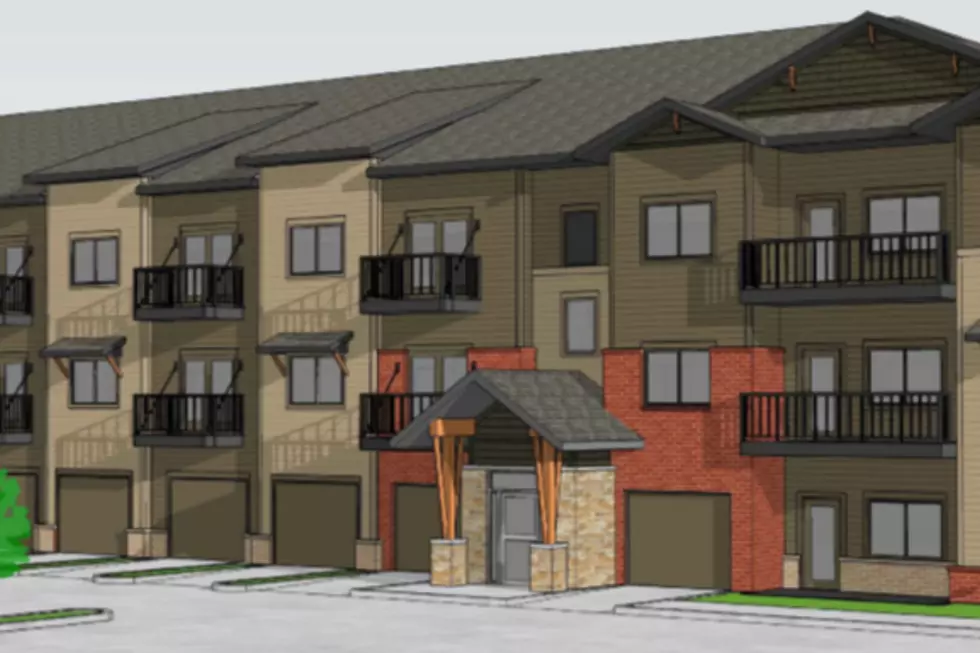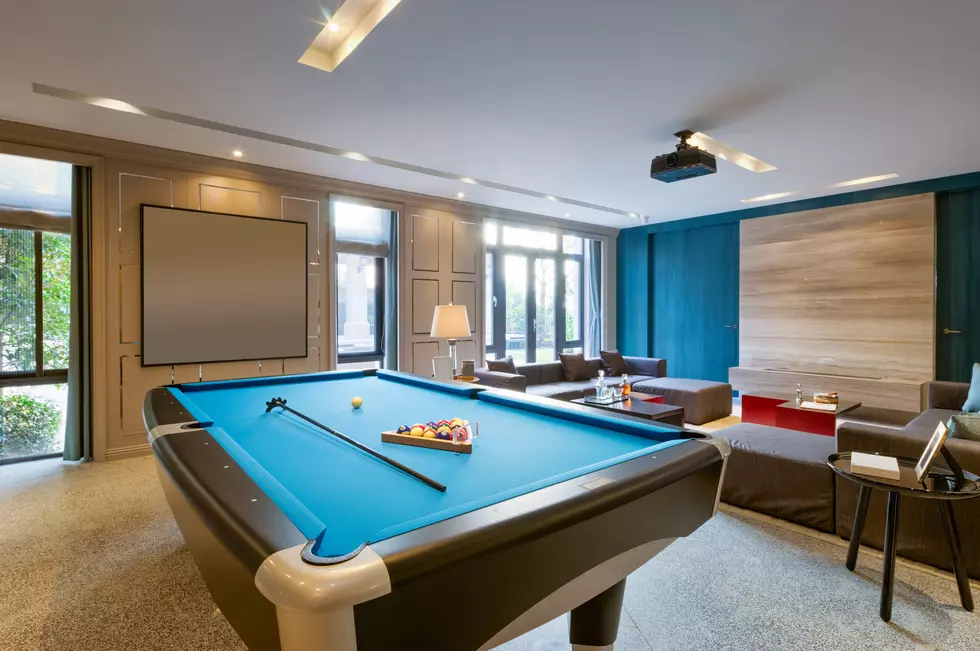
5 Things That Grand Junction House Owners Need To Watch Out For
I've lived in the Grand Junction area my whole life. I've owned a home or two, and I've seen just about all of the Pros and Cons of owning a home in the valley, firsthand. If you are a new homeowner, or are considering owning a home in Grand Junction, here are some issues you need to keep an eye out for.
1. Roofing:
roofing issues in grand junction
During the 70's and even into the 80's many building contractors opted for Cedar Shake roofing on most of the new builds in the valley. While Shake offers a classic, rustic appeal to a home, there are a few things to consider about the life and maintenance of the product.
- Due to the high temperatures and arid climate, shake shingles tend to dry out and become brittle, curling up and leaving areas of the roof unprotected.
- Home owners are often left with high maintenance issues.
- Shake tiles will need to be conditioned every 3-5 years in order to maintain their effectiveness, as well as their appearance.
- The entire roof will need to be treated with Bleaching oil or a clear coat solution because sunlight and moisture can ruin cedar shake shingles.
- Leaves and debris should be removed monthly to discourage decay and mold from forming.
- Ice and snow also take a toll on Cedar Shake roofs and should be removed regularly.
- Cedar should be power washed every 2-3 years to discourage mold and decay and to maintain a fresh look.
- Rotten or moldy shingles should be removed annually and replaced.
2. Cedar siding:
house siding issues in grand junctin
As with Cedar Shake shingles, cedar siding can also be a maintenance nightmare. Many of the same issues occur and this product will also require more maintenance than aluminum siding or stucco. The climate in the Grand Valley will take it's toll on cedar siding and the home owner will need to take steps and precautions similar to those above in order to maintain their homes beauty and the life of the homes siding. Cedar siding will need to be conditioned and/or stained every 2-3 years.
3. Landscaping and yard maintenance:
5 things GJ homeowners need to look out for
Many homes in the Grand Valley opt for zero or minimal landscaping due to the arid conditions and shortage of water. However, many residents still desire and enjoy lush green lawns but, not without some struggles and additional costs. Tamarisk, Russian olive trees and Goatheads are common 'demon' plants prevalent (although not all native) in the Grand Junction area. Without regular treatments from professional lawn care companies, they can invade and take over even the most lush and beautiful lawns. Goatheads produce a three sided thorn which always lands thorn side up and can penetrate the sole of a shoe. The vines can infiltrate your lawn and choke out every blade of grass if left untreated or unattended. Tamarisk and Russian olive trees are not native to the area and are ravenous water hogs. If any of these plants are present in or around your yard, you could incur extra cost and will probably experience some issues with excessive water usage.
4. Water/water rights:
5 things grand junction homeowners need to watch out for
Speaking of water, here in The Grand Valley, because it is a desert area, there is a limited amount of water available to residents. Many areas of the valley require home owners to purchase water rights in order to use the water flowing through the area for irrigation and watering their lawns. If you do not own any rights to the irrigation water system, then you will have to use your homes tap water to irrigate your lawn and landscaping. Grand Junction only receives an average of 9.42 inches of moisture per year, so homeowners and businesses cannot depend on Mother Nature to nurture their landscapes. Check with your realtor on your access to water rights in the area you are looking to purchase your new home.
5. Where's the Limit? City Limit, that is: When looking to purchase a new home, many people prefer city life over country. In the Grand Valley there are areas that have yet to be incorporated situated right next door to an incorporated area. The "city limits" is rather craggy in some areas, so check with your realtor in order to get the amenities you desire. If your home lies outside of the city limits, it will probably be on a septic system. Taxes will also differ inside and outside of the city, especially when making major purchases like appliances. Zoning rules and issues will also differ between the two areas and should be explained to you by your realtor. For instance, if your new home is situated next to a chicken farm even though it is supposedly in the city limits, you may want to check out just what that entails and how that zoning will impact you and your family before you sign the contracts.
More From Mix 104.3









